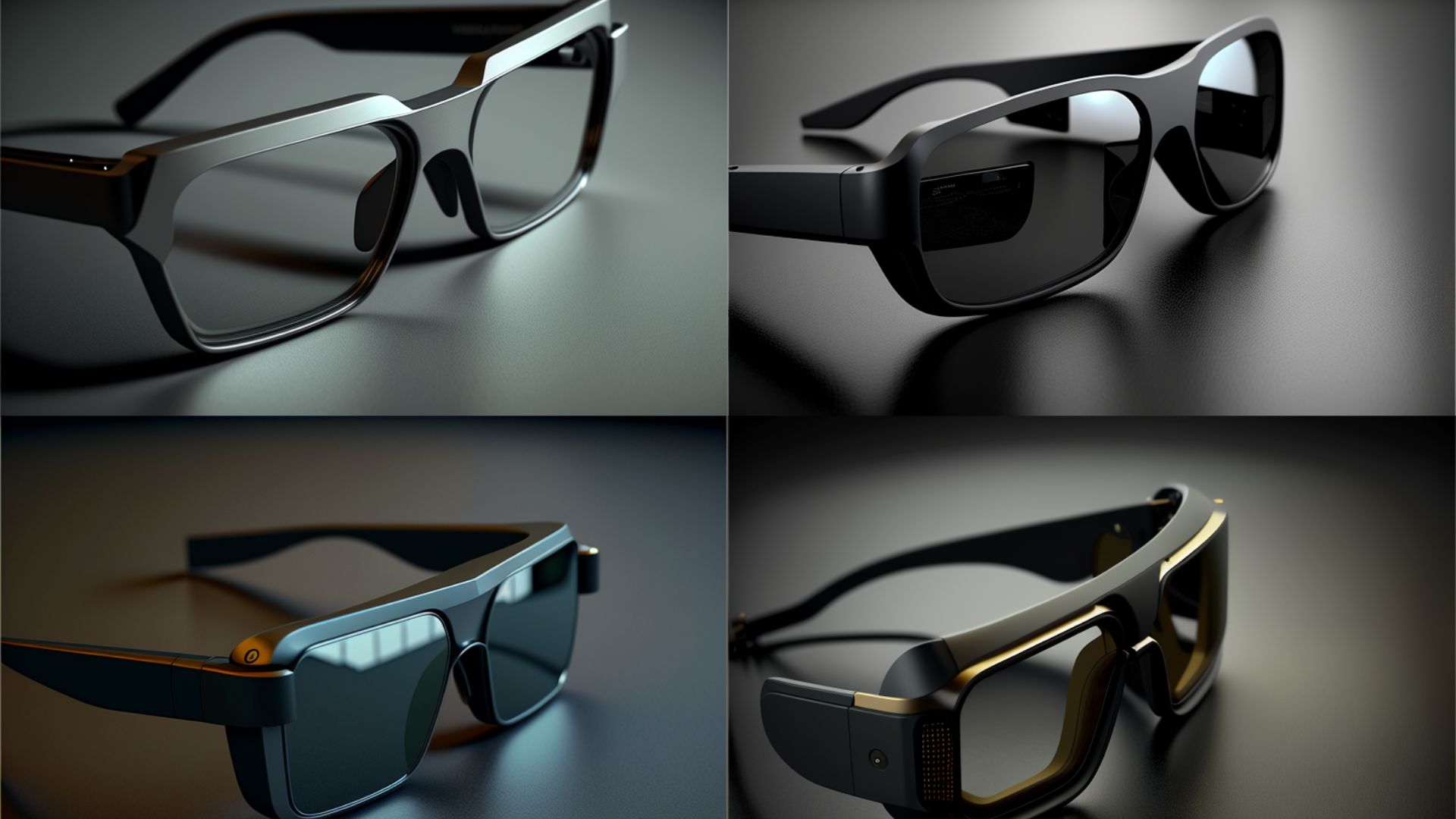In recent years, machine learning has surfaced as a disruptive force in different industries, and its impact on product design and manufacturing is particularly profound. As technology evolves, designers and manufacturers are increasingly leveraging the power of AI to develop new ideas, simplify processes, and create products that fulfill the needs of customers. This integration is not just a temporary change; it represents a major shift in how products are imagined, developed, and brought to market.
The future of product design is being shaped by AI in methods that boost creativity and efficiency. With cutting-edge algorithms capable of evaluating vast amounts of metrics, designers can derive insights into consumer preferences and market trends at an accelerated pace than ever before. This enables the creation of products that are both visually appealing but also in harmony with user demands. As manufacturing processes grow more automated and intelligent, the interaction between design and production is ready to reshape the landscape, leading to a more agile and adaptable manufacturing ecosystem.
AI in Product Design
AI is significantly transforming the landscape of design by providing creative tools that boost creative processes and effectiveness. Designers can now utilize artificial intelligence-based software that helps in developing ideas, visualizing concepts, and forecasting user preferences. This technology allows for the swift exploration of different design possibilities, enabling teams to discover solutions that might have been overlooked in traditional methods.
With AI's capability to analyze vast amounts of data, designers can gain knowledge into customer behaviors and market trends. This data-driven approach aids in tailoring products to meet specific user needs and preferences, ensuring a more precise design process. By utilizing algorithmic learning algorithms, AI systems can recommend improvements and modifications based on feedback and usage data, creating a more adaptive design cycle.
Additionally, AI contributes to environmental responsibility in product design by enhancing materials and production processes. Designers can model the environmental impact of different design choices, allowing for the selection of more eco-friendly options. This not only leads to improved products but also aligns with the growing demand for sustainable practices in production, ultimately shaping a future where design and environmental responsibility go hand in hand.

Impact on Production Systems
The inclusion of machine intelligence into manufacturing processes is changing the way goods are produced. AI systems are more and more used to enhance manufacturing timelines, enhance workflows, and enhance quality control. By examining vast amounts of data from different sources, AI can foresee machine breakdowns before they happen, allowing companies to adopt preventive maintenance and lower downtime. This preventive approach not only enhances efficiency but also significantly lowers operational costs.
A further significant result of AI in manufacturing is the move towards more agile production systems. With the assistance of data-driven techniques and data analytics, manufacturers can rapidly adapt to variations in consumer demand and market trends. This adaptability is particularly valuable in sectors with fast-paced development cycles, where conventional manufacturing methods may not suffice. AI-driven tools allow customizations at scale, empowering businesses to address individual customer preferences without jeopardizing efficiency.
In conclusion, AI is promoting greater cooperation between humans and machines. Smart robots armed with artificial intelligence can assist human operators, supporting them in tasks that demand precision and consistency. This alliance not only enhances productivity but also allows human workers to focus on more complex and creative aspects of product design. As AI continues to evolve, it possesses the potential to create a more balanced environment in manufacturing, where technology and human ingenuity advance innovation into the future.
Future Trends in Design and AI
As we we gaze towards the future of industrial design, the incorporation of AI will persist in pushing advancement. Design professionals will progressively harness AI for data analysis, allowing them to comprehend industry patterns and consumer preferences more effectively. This data-driven approach will permit for tailored product options that connect with unique preferences, finally boosting user interactions. With anticipating trends and mechanizing mundane activities, AI will allow designers to dedicate themselves to imagination and conceptualization.
A further major trend is the growth of generative design, facilitated by AI technology. This innovation enables designers to set particular guidelines and constraints, and then the AI produces a multitude of design alternatives. This not only accelerates the design process but also discloses original solutions that a human might likely consider. As the field of materials continues to to progress, AI can also improve the use of materials, culminating in reduced weight, more efficient products that are sustainable.
Partnership between human designers and AI will transform the function of the designer. Rather than replacing them, AI will serve as an expanded tool that amplifies inventiveness and efficiency. Designers will have to adjust to this novel landscape by cultivating skills in AI instruments and techniques. As a result, the design industry will become more interdisciplinary, merging technology with classic design theories to address difficult problems and develop products that are simultaneously useful and visually pleasing.
